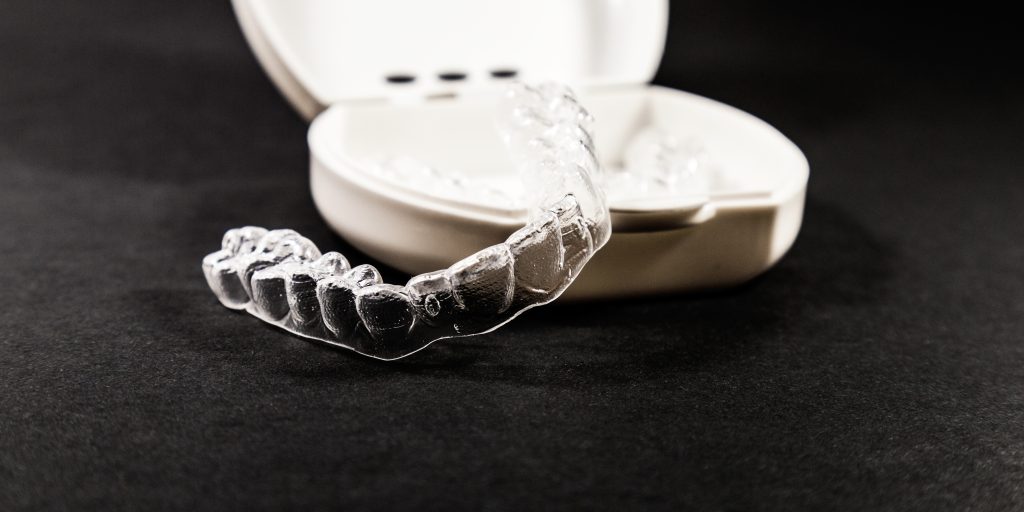Have some questions about Invisalign? Here, 5 common FAQS about this aligner are answered.
How do they work without tightening or adjusting?
In short, Invisalign aligners come in a set and there are usually 14 or more aligners to wear during treatment.
Each aligner has a slightly different shape, and when worn in succession, the aligners gently move your teeth into the desired position.
Can anyone wear them?
According to dental clinics that deal with the area of Invisalign and other braces, such as Clear Braces Direct London, there are very few restrictions on who can wear these aligners.
For starters, you have to be over the age of 18, have good dental health and, of course, you need to have an alignment, protrusion or another issue that can be treated by this aligner.
Assuming you tick all of those boxes (and your dentist trusts that you will wear the invisible aligner for the required 22 hours per day), you’d be good to go!
Are they uncomfortable?

Sadly, while these aligners are removable, lifestyle-friendly and visually discrete, there is not yet a way for dentists to move your teeth without it causing a bit of a twinge!
But, many patients who have used aligners have stated that Invisalign is more bearable in daily life when compared to traditional forms of orthodontic work, such as fitted braces.
Remember, the main period of discomfort is likely to emerge when you change between aligners, which should average out every 2 weeks or so. To alleviate the sensation, it is advised that you use over-the-counter pain relievers.
If you find wearing the aligners uncomfortable, then you should talk to your dental team about the use of dental wax.
How long will I need to wear them?
On average, Invisalign aligners must be worn for about 3-6 months; this is assuming that your orthodontic issue is mild to moderate and does not require any additional tools.
The only way to determine how long you will need to wear this aligner is to book an appointment with your dental team; they can assess the severity of your misalignment and tell you whether it can be resolved using this aligner. They will also be able to give you an accurate estimate of how long the process will take. So, call them today!
Are they as good as regular braces?
This is a tough question to answer; with regular braces, the underlying aim of the treatment can be a bit more complicated.
For instance, if you have a minor misalignment with your front teeth, then wearing Invisalign or another aligner may be what you need to straighten it out. However, if your dentist advises you to wear a fitted brace, there is likely to be a more complex issue to resolve. Ergo, the wearing of an aligner would not be enough to correct the issue, so a brace would be the suitable one of the two treatments.
But for more aesthetic issues, an aligner offers you flexibility and is adaptable to your lifestyle, so it can be the right solution to such an orthodontic conundrum.
